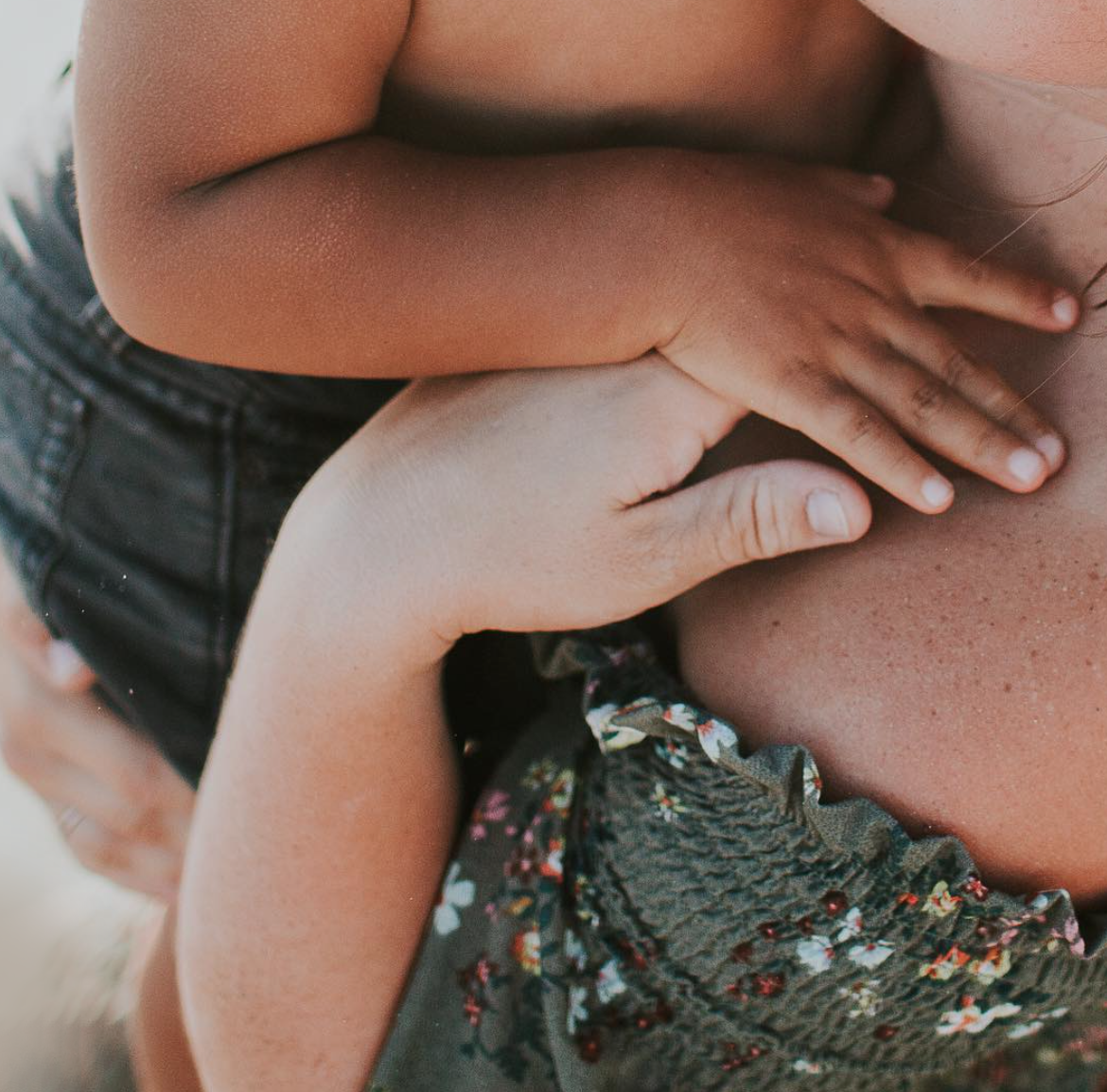Semi-open and open adoptions contain seasons inside their framework. Some seasons are filled with significant communication and frequent visits between a birth parent and adoptive family. Other seasons are filled with silence or minimal contact. Each season has its place. Each can be beautiful in its own way.
Semi-adoptions and open adoptions have tremendous benefits for all members of the triad. Research has shown that children do better in an open adoption because it allows them to better understand how they came to be adopted, allows for questions about their family background to be answered, and, for many open adoptions, allows for a healthy relationship to develop with a child’s birth family.
However, the adoption community can place such a high emphasis on maintaining ongoing contact with birth parents that it can breed disappointment for adoptive parents when expectations aren’t met. Just like the ebbs and flows of life, there are ebbs of flows of adoption. As adoptive parents, we can hope for ongoing seasons of contact with birth parents, yet not be filled with angst or feelings of loss if we find ourselves entering into a time of no contact.
For some birth moms, an open adoption with significant and ongoing contact after a placement can be life-giving, while for others it can be overwhelming and emotionally toxic. Sometimes a semi-open adoption is ideal and offers a good balance between contact and maintaining privacy through letters and pictures for a pre-determined amount of time. There are times when a semi-adoption plan can morph into an open adoption with increased contact from birth parents, and times when an open adoption can resemble a semi-open one with minimal contact.
Every form of adoption is complicated and comes with their own unique list of pros and cons. There’s no perfect way to navigate adoption. Expressing guilt or sorrow over a contact-less adoption can be problematic because it implies negative perceptions surrounding a birth mom’s choice. We want to empower birth moms in their individual healing process.
Adoptive parents need to be educated and prepared for seasons of silence and seasons of open communication, no matter what was chosen at time of placement. As adoptive parents we can be patient and empathetic when seasons of no contact take place, and be open to increased communication and healthy relationships to develop in due time. We can embrace the season that find ourselves in today. After all, seasons change.
By understanding seasons of adoption, we can help our adopted child understand the stages of grief and healing, while ensuring them they are loved unconditionally.
Understanding seasons of silence:
It allows a birth mom to heal in her own timing without outside pressures
As a birth mom, I needed time to mourn my loss, understand my grief, and sit in my pain after leaving the hospital without my baby. I needed space to gather my thoughts, get back on my feet and construct a plan to move forward. I needed time to re-discover my identity outside of expectant mom and birth mom. Some birth moms find healing in an open adoption, while others require the silence and privacy of a semi-open adoption. Healing doesn’t follow a particular timeline or format.
For some birth moms, there can be sense of pressure to meet and even exceed the expectations of an open adoption. Not only did I wonder if I was a horrible mom for placing my child for adoption, but then I was faced with the added guilt of thinking I was a horrible birth mom for not wanting more contact. No matter her choice, a birth mom encounters enough turmoil without carrying unnecessary guilt for choosing privacy.
Frequent contact or visits can re-open wounds
Visits or contact can re-open wounds and prove devastating for a birth mom who is left raw and vulnerable after placing a child for adoption. I couldn’t handle visits for the weeks, months and early years following my adoption. Therefore, I chose silence for a time. It wasn’t because I didn’t love my child or didn’t care for her well-being, rather, visits and letters proved to re-open wounds that left me reeling. I’d dreamed of becoming a mom since I was little and was devastated when I had to face the reality I wasn’t ready to parent. Watching another set of parents raise my child, whether in picture and especially in person, was like pouring salt on a fresh wound. As adoptive parents, we can be aware that visits can be traumatizing. Invite a birth mom to participate in holding an infant or playing alongside their child, but also understand if a birth mom holds back or needs additional space to process emotions.
Time provides the possibility of healthy relationships to form
Immediately following post-placement, I recognized that I wasn’t in a positive place to develop a strong and healthy relationship with my birth child. My choice to have time apart from my birth child didn’t occur because I was callous or uncaring, rather it was because I had self-awareness. I wanted the absolute best for the my child and that included having a healthy relationship with me, her birth mom. Time was the foundation for a healthy relationship to develop. For me, it took 10 years. After 10 years post-placement I was stronger. I had renewed hope. I had a new perspective. My heart was open to new possibilities. My hand was ready to hold that of my birth child. If I’d pursued a relationship any sooner than I was emotionally capable, it could’ve done more harm than good for my child. Some birth moms are ready and open to relationships with their birth child from the very beginning. But I also commend those birth moms who have the awareness to know that time apart can bring healing, and provide a lasting foundation for a long-term relationship with her birth child.
Regardless of what form of adoption a birth mother chooses at time of birth, it’s essential for adoptive parents to be open and welcome changes to their adoption plan.
As adoptive parents, we can be understanding and empathetic toward various seasons that take place over a lifetime. A birth mom who enters into a period of silence may not be stepping away forever, rather she may be spending time in reflection, processing her loss and moving into a new space of healing. If we find ourselves in a season of silence, we can tread carefully by still sending notes of encouragements, photos or intermittent phone calls to let a birth mom know that we care and love them. There’s a perfect and good reason if or when a birth mom chooses to take a step back from ongoing contact or visits. But whatever the reason: She’s strong. She’s capable. She’s caring. She’s loving. She’s aware of her needs, and of the needs of her child.
WRITTEN BY ADRIAN C. COLLINS: Adrian writes about the real-life complexities of being both a birth mother and an adoptive mother. Adrian studied journalism at Point Loma Nazarene University in San Diego and is married to her high school sweetheart where they currently reside in Denver, Colorado. Adrian’s memoir about a mother’s decision to relinquish a child at birth and the journey to rediscover herself in the aftermath is slated for release Spring 2021. She can be reached at http://www.adrianccollins.com, Facebook, Twitter or Instagram.










